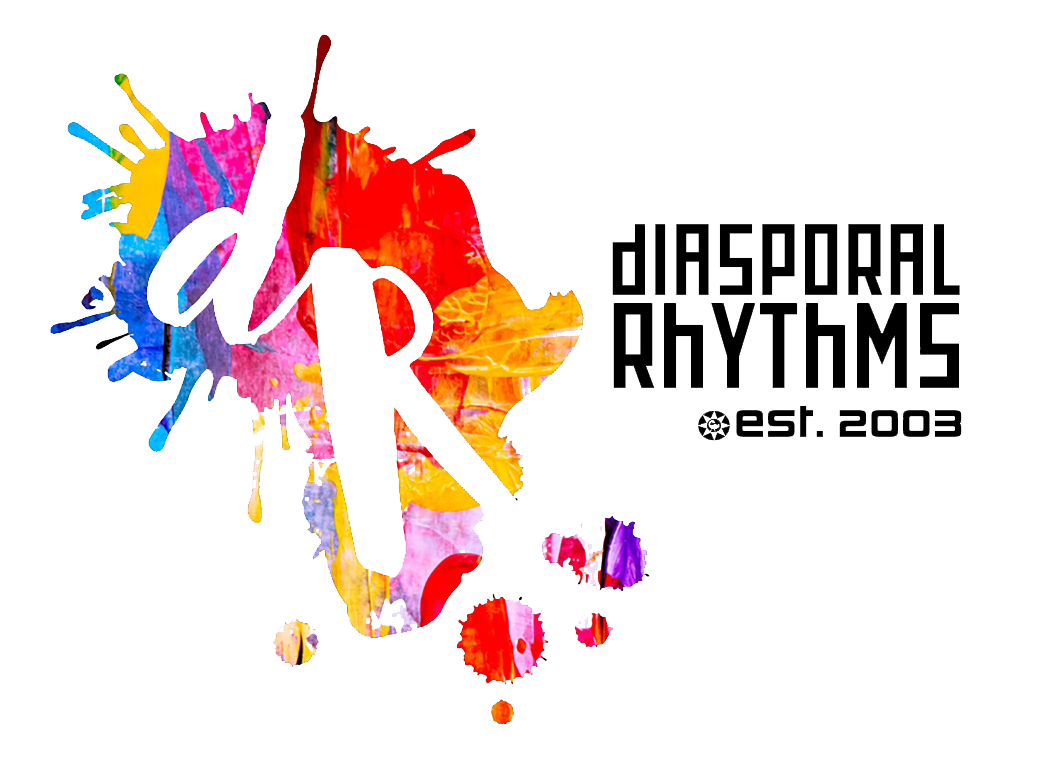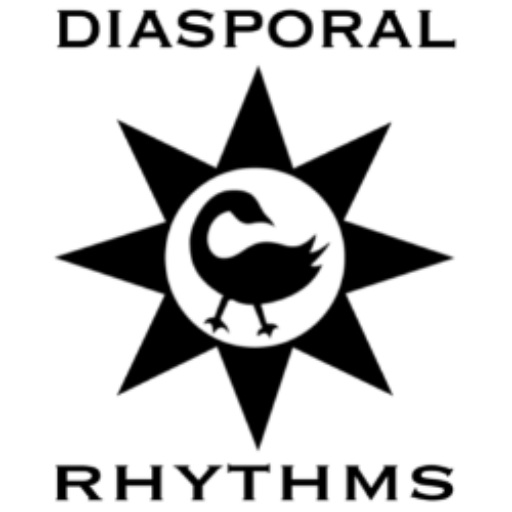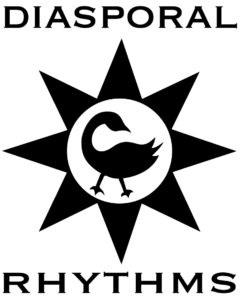DR PERSPECTIVES 2022/2023
One Collector’s Perspective
Being raised in an environment of art doesn’t make you think about collecting until you are somewhere that is devoid of art. The walls of my childhood home were covered in books floor to ceiling shelved in orange crates from the local grocery. On walls without books there were pictures. Some of the pictures were cut from magazines and framed (usually Van Gogh, Rouault, Renoir, Degas or Picasso) and some of the pictures were original paintings or drawings by artists in our extended family. The art was there because we liked the atmosphere it engendered. All my relatives had pictures on their walls; some abstract, some figurative, some landscapes. If it helped your outlook (spiritual, political, contemplative), then it was good and worth having. Art was normal. I had another uncle and a cousin who were professional artists in New York City. I had an uncle who was a commercial design artist and sculptor. To me it was a natural phenomenon that I didn’t consciously think about. One either had art, appreciated art and/or made art. No thought on my part was given to who buys art until I sold some of my paintings while I was in graduate school.
I wasn’t a collector. I just had or made pictures and things. Museums were collectors.
It wasn’t until I was away from the art I had known that I really thought about artists, how they thought, what they did and why they did it. There wasn’t much exposure to art in the Army or our original foray into the great Southwest as viewed by an East Coast urban dweller. And that was when we started seeking regional artists, especially Indigenous Peoples’ art. Thus started our art quest. When we lived in France we found French artists, in Oklahoma we continued with Indigenous artists and when we returned to Chicago, we started collecting art from the African Diaspora after meeting Patrick Diamond and Patric McCoy and their art centric friends at a benefit for the African-American students at the SAIC; it was during the period of the origins of Diasporal Rhythms twenty years ago. Patric and Patrick presented us with delightful opportunities that matched our interests and backgrounds.
All these experiences have enabled us to collect wonderful pieces, meet exceptional people, enjoy the company of dear friends and add to our overall art experience. In addition, I was able to develop a short list of categories into which collectors may fall. They may be included into one or sometimes more of these types.
The Art Lover: I saw it, I liked it, it makes me feel good, I can afford it, and I have just the spot for it.
The Collector: I like a certain type of art or a particular artist and have many of these.
The Accumulator: I have no boundaries on number, medium, or subject. It pleases me and I like the artist. I will always find a spot for it.
The Investor: I heard about this artist. I want to get in early. I was told the value will go up soon. I may not know much but if it’s a hot scene I want in.
The Supporter: I enjoy discovering young and mature emerging artists and/or artists that have kept fairly quiet and now want to be out there. I may or may not acquire but I am always supportive of the artist’s efforts.
Here is what I have seen develop over the 20 years of Diasporal Rhythms. First and foremost, there now exist many noted venues for the exhibition and sale of artists of the African Diaspora. This includes art galleries, art-related stores, and larger exhibition spaces including museums and educational institutions. We started with studio visits sponsored by Diasporal Rhythms, home visits and dinners with the likes of Dale Washington, and then there were the wonderful and invigorating Collectors’ Home Tours. Now, in addition to those, we go to gallery openings, attend sponsored exhibitions, present our own exhibitions, and provide educational activities through schools and the ArtSmart programming. As part of the promotion of artists, Diasporal Rhythms established the Honored Artists program that has been instrumental in the growing success of many of these artists.
I have benefitted personally from discovering new innovative artists, new local artists, and “undiscovered” mature artists within the Chicago area. In addition, I have had wonderful experiences with visiting artists and artists that we have met in other cities. Some of these artists have gone on to major national recognition and it is a warm feeling to know that “I knew them when”.
After 20 years Diasporal Rhythms continues to encourage the support and collection of contemporary artists of the African Diaspora in addition to initiating promoting and participating in significant educational efforts at the elementary and high school level. Much has changed in the Chicago art community with the participation of Diasporal Rhythms and we know that Diasporal Rhythms can do more, should do more and will do more through camaraderie that has boosted art morale and knowledge.
- Peter N. Gray


